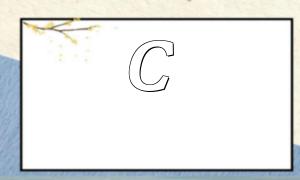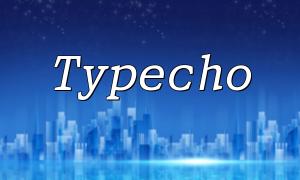Principles and Selection Guide of PHP Data Caching
Introduction
In web development, data caching is a critical technique that significantly improves website performance and response time. For PHP developers, understanding the implementation mechanisms of different caching solutions and selecting the appropriate one is crucial. This article introduces the basic mechanisms of PHP data caching and provides practical guidelines and example code for choosing a caching solution.
1. Principles of Data Caching
Data caching involves storing a portion of data in high-speed storage to accelerate subsequent access. In PHP, data caching mainly falls into two categories: file caching and memory caching.
1.1 File Caching
File caching stores data in files on disk, reading the data from the file on subsequent access. The simplest implementation uses PHP's `file_put_contents()` and `file_get_contents()` functions.
Example code:
// Write to cache file
$file = 'cache.txt';
$data = 'Cached data';
file_put_contents($file, $data);
// Read from cache file
$file = 'cache.txt';
$data = file_get_contents($file);
echo $data;
File caching is simple and suitable for small-scale caching but can become inefficient when handling large data volumes or high concurrency.
1.2 Memory Caching
Memory caching stores data in memory, enabling extremely fast read/write speeds. The most commonly used memory caching solutions in PHP are Memcached and Redis, both based on a client-server architecture.
1.2.1 Memcached
Memcached is a high-performance distributed memory caching system ideal for caching database query results and API responses to reduce database load. It requires installing the Memcached service and enabling the PHP Memcached extension.
Example code:
// Create Memcached object
$memcached = new Memcached();
// Add server
$memcached->addServer('localhost', 11211);
// Set data
$key = 'cache_key';
$data = 'Cached data';
$memcached->set($key, $data, 3600);
// Get data
$key = 'cache_key';
$data = $memcached->get($key);
echo $data;
1.2.2 Redis
Redis is a high-performance key-value store supporting multiple data structures and a wide range of features, suitable for more complex caching scenarios. It requires installing the Redis server and the PHP Redis extension.
Example code:
// Create Redis object
$redis = new Redis();
// Connect to Redis server
$redis->connect('localhost', 6379);
// Set data
$key = 'cache_key';
$data = 'Cached data';
$redis->set($key, $data, 3600);
// Get data
$key = 'cache_key';
$data = $redis->get($key);
echo $data;
2. Cache Solution Selection Guide
When selecting a PHP data caching solution, consider the following factors:
- Performance: Choose a caching solution that offers high read/write speeds to meet website responsiveness needs.
- Scalability: Support distributed deployment to handle business growth.
- Fault tolerance: Provide mechanisms to avoid data loss due to single points of failure.
- Ease of use: Simple configuration and management to reduce maintenance complexity.
Overall, Memcached and Redis are the two most popular caching technologies in PHP development today. Memcached suits simple key-value caching needs, while Redis, with its rich data structures and features, fits more complex caching requirements.
Conclusion
PHP data caching is an effective way to enhance website performance. By properly selecting between file caching and memory caching based on actual business needs, developers can significantly accelerate data access and improve user experience. Mastering the basic usage of Memcached and Redis provides solid performance support for project development.









